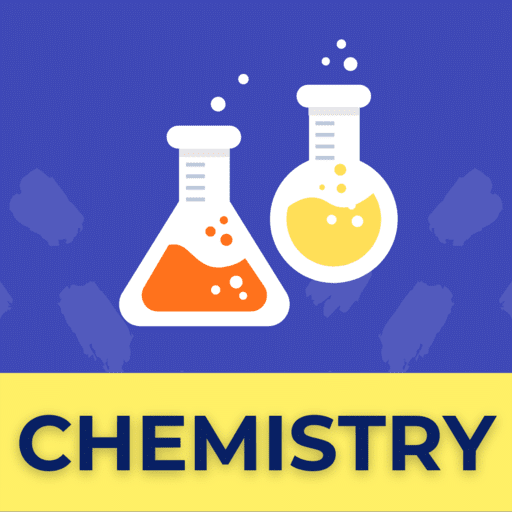Best Study Material for NEET Exam
NEET Exam > NEET Notes > Chemistry Class 11 > PPT: s-Block Elements
s-Block Elements PPT Chemistry Class 11
| Download, print and study this document offline |
|
127 videos|245 docs|87 tests
|
FAQs on s-Block Elements PPT Chemistry Class 11
| 1. What are s-block elements? |  |
| 2. What are the properties of s-block elements? |  |
Ans. S-block elements have several important properties, including low ionization energies, high electropositivity, and the ability to form alkaline solutions. They are generally soft metals and have low melting and boiling points. These elements also tend to have a strong reducing character.
| 3. How do s-block elements react with water? |  |
Ans. S-block elements, particularly those in Group 1, are highly reactive with water. When these elements react with water, they form hydroxides and release hydrogen gas. This reaction is highly exothermic and can be explosive in some cases, such as with alkali metals like sodium and potassium.
| 4. What are some important applications of s-block elements? |  |
Ans. S-block elements find various applications in different fields. For example, alkali metals like sodium and potassium are used in the production of soaps, detergents, and fertilizers. Calcium, an alkaline earth metal, is essential for bone health and is used in the production of cement and steel. Lithium is used in batteries, and magnesium is used in alloys and as a reducing agent.
| 5. How do s-block elements form ions? |  |
Ans. S-block elements tend to lose their outermost electrons to achieve a stable electronic configuration. This results in the formation of cations with a positive charge. For example, Group 1 elements lose one electron to form +1 ions, while Group 2 elements lose two electrons to form +2 ions. These ions then participate in various chemical reactions and bond with other elements to form compounds.
Related Searches


























